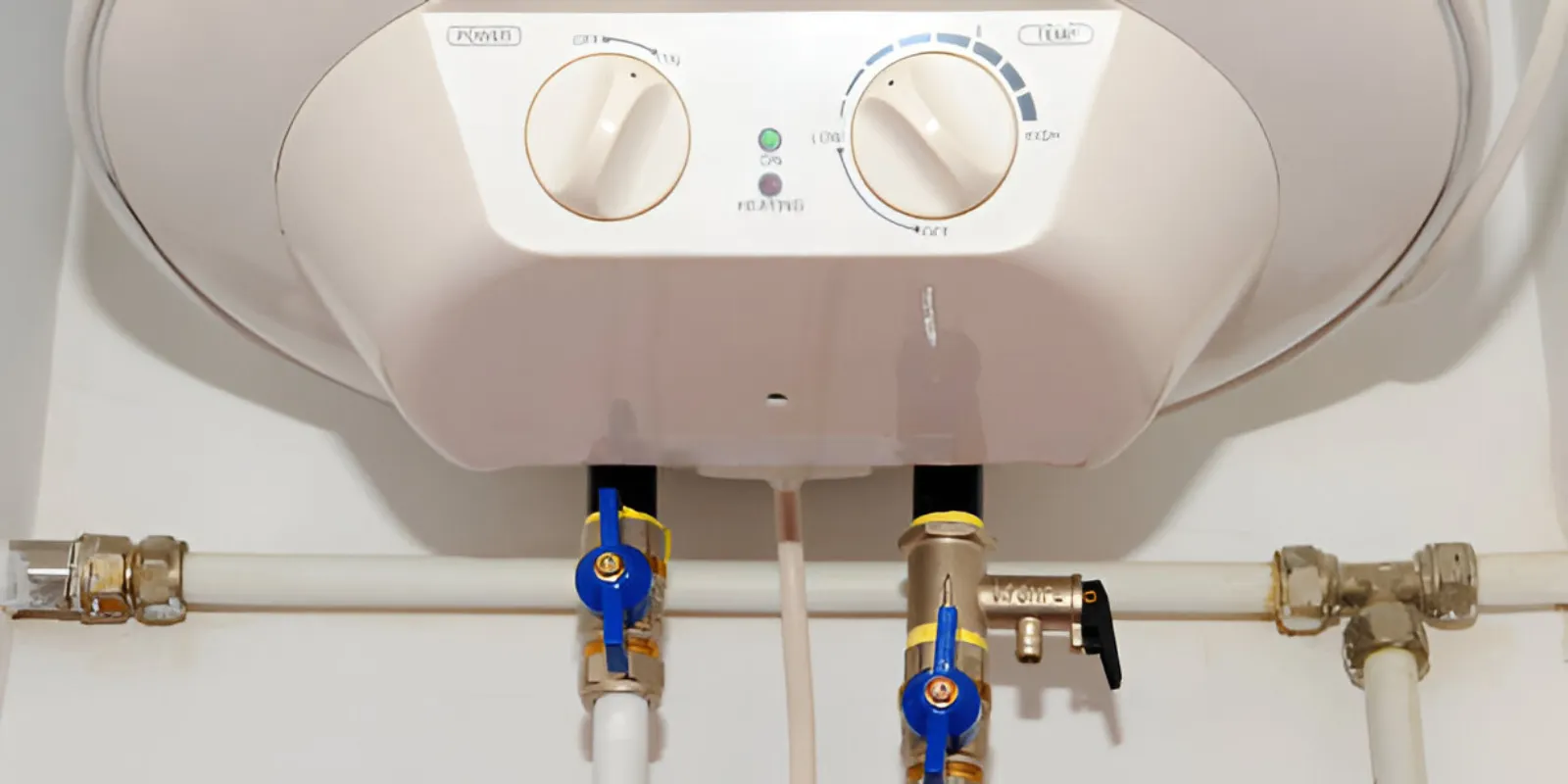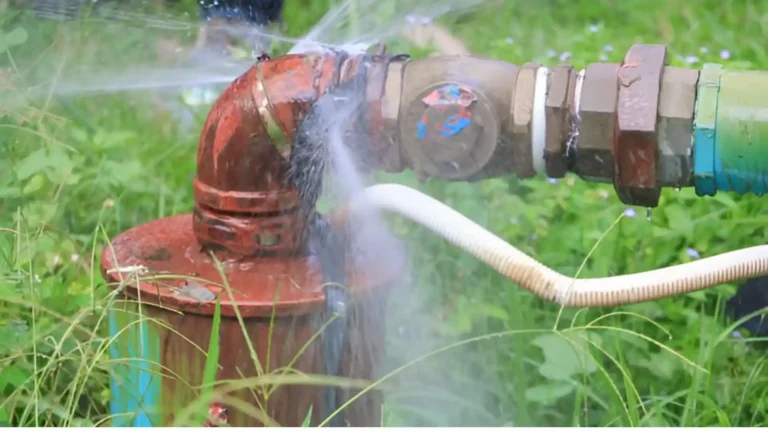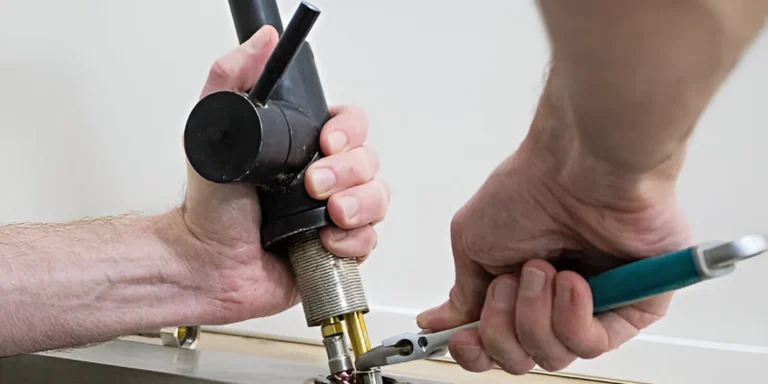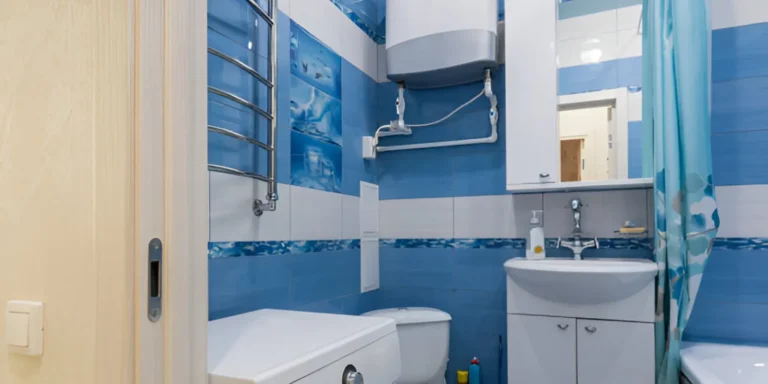Installing an electric water heater using PVC pipe is a manageable DIY project if you are comfortable working with plumbing and basic tools. This type of setup is ideal for homes with moderate hot water needs and allows for a clean, long-lasting connection when done correctly. While copper piping is common, PVC is often used for the cold water inlet and drain connections due to its ease of use and affordability. This guide walks you through the steps necessary to complete the job safely and efficiently. From preparation to post-installation checks, we’ll help you handle the process like a pro. However, if you’re unsure at any step, contacting professionals like the team at El Paso Plumbing can save you from potential risks and ensure the job is done right.
Tools and Materials You’ll Need for Installation
Before starting your water heater installation, it’s essential to gather all the necessary tools and materials. Proper preparation makes the process smoother and helps prevent delays or mistakes. You’ll need a new electric water heater, PVC pipes and fittings, pipe cement, primer, Teflon tape, a wrench set, a screwdriver, and a voltage tester. Make sure the PVC pipes are rated for potable water and can handle the water pressure and temperature. Always shut off power at the breaker and turn off the main water supply before beginning.
Choose the Right Size Heater
Match your household size with a tank capacity to avoid overuse or inefficiency.
PVC Pipe Types to Use
Use CPVC (chlorinated polyvinyl chloride) for hot water lines, as standard PVC can’t handle high heat.
Safety Equipment
Wear gloves, goggles, and work in a well-ventilated space when using pipe cement.
Check Local Codes
Some areas restrict PVC for hot water; always confirm with your city’s building code.
Shut Off Utilities
Turn off the electricity and water supply before starting any installation work.
Optional: Pressure Relief Valve
Install a T&P valve to protect the heater from over-pressurization.
Step-by-Step Installation Guide
Now that you have everything ready, it’s time to begin the installation process. Start by placing the new electric water heater in its designated space. Connect the cold water line using PVC pipe, applying primer and cement to bond fittings securely. For the hot water outlet, you may need CPVC or flexible connectors. Secure electrical connections, making sure all wiring matches the manufacturer’s diagram. Once all plumbing and electrical connections are complete, fill the tank before turning on the power. Do a final inspection for any leaks or loose fittings.
Positioning the Heater
Keep it level and accessible for future servicing or replacement.
Cold Water Inlet Connection
Connect PVC pipe to the inlet valve using proper cement technique.
Hot Water Outlet Setup
If local code allows, use CPVC; otherwise, switch to copper or braided flex pipe.
Wiring the Heater
Use a voltage tester to confirm power is off; then connect wires per instructions.
Filling the Tank
Open a hot water faucet before turning on the water supply to release air.
Powering the Heater
Only switch the breaker on after the tank is full to avoid dry firing.
Post-Installation Safety and Maintenance Tips
Once your electric water heater is installed, proper maintenance ensures it runs efficiently and lasts longer. Check for leaks around pipe joints and fittings within the first 24 hours. Regularly flush the tank to prevent sediment build-up, which can lower efficiency and damage internal components. Inspect the temperature and pressure relief valve every few months. If you’re not comfortable with ongoing maintenance or want expert assistance, professional services like Water Heater Installation and Repair are always a reliable choice.
Leak Inspection
Look around joints and fittings for any signs of moisture or dripping.
Flushing the Tank
Once a year, drain a few gallons to clear sediment from the bottom.
Check the Thermostat
Set it between 120°F and130°F to balance safety and energy efficiency.
Test T&P Valve
Lift the valve lever occasionally to ensure it’s not clogged or stuck.
Schedule Professional Maintenance
An annual checkup can extend the life of your water heater and catch small issues early.
Know When to Call Experts
If you hear popping noises or experience inconsistent heating, it’s time to call (915-285-0087).




